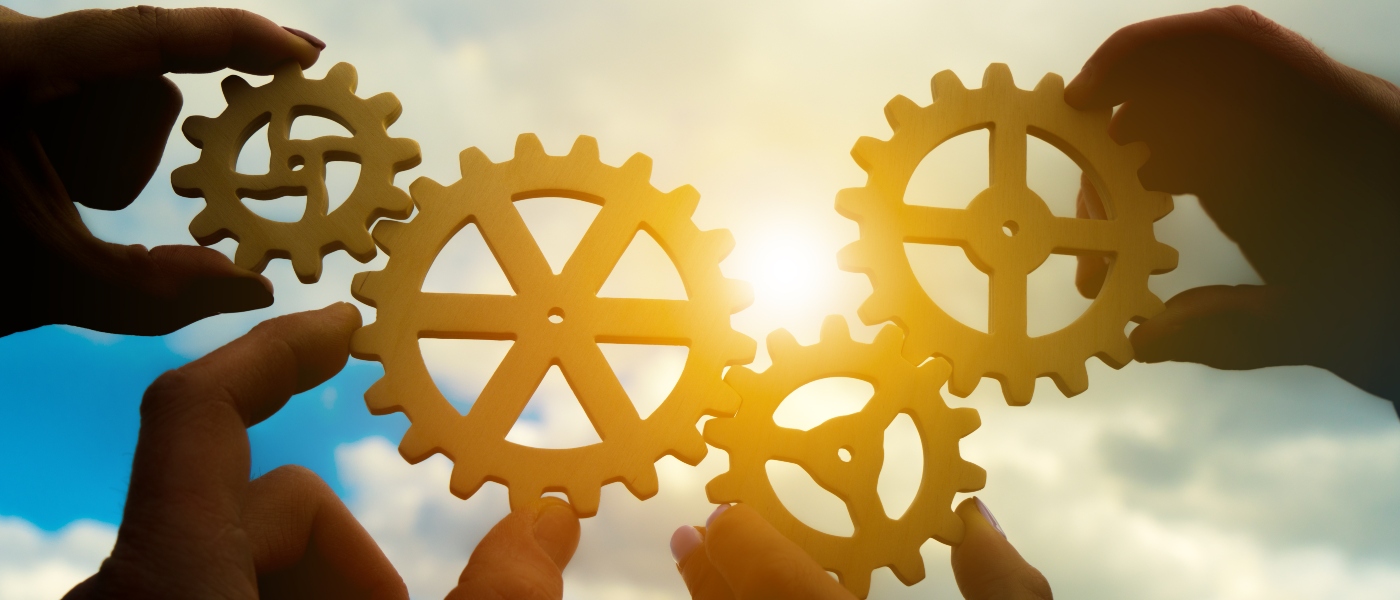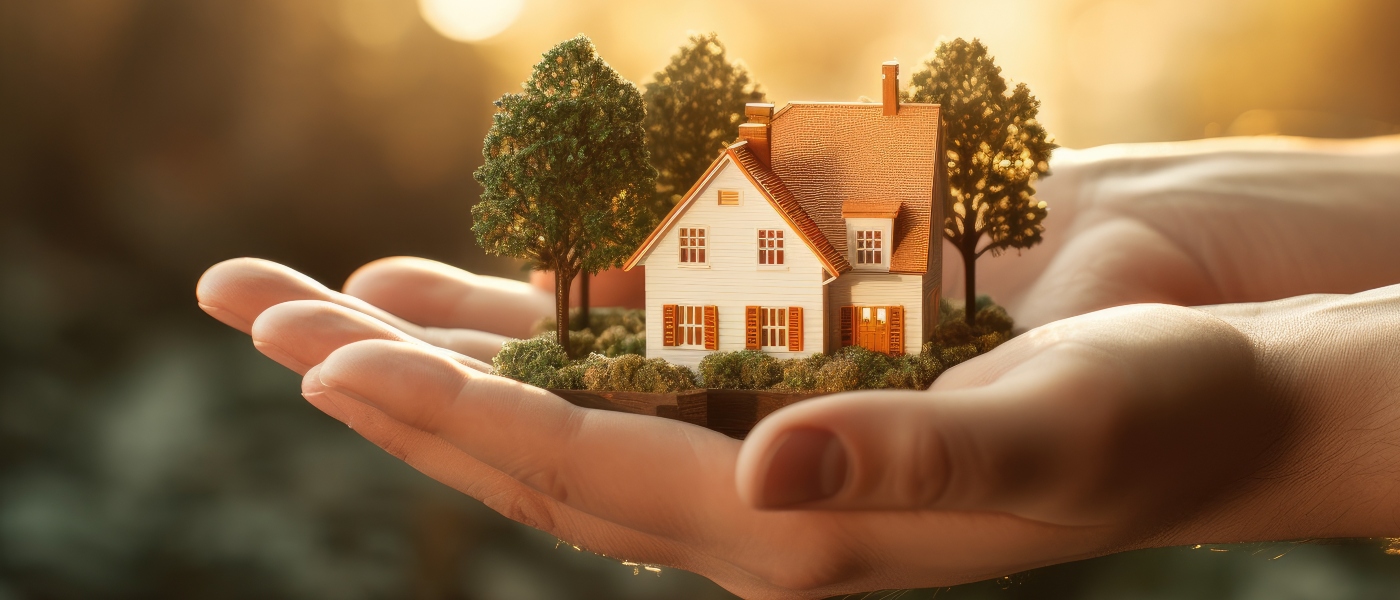
Healthcare costs continue on an upward trend, and by 2030 are expected to reach a whopping $6.8 trillion1. In an effort to reduce high costs, improve health outcomes, and provide a better, more connected member experience, care is increasingly moving into the home2.
When it comes to reducing costs in care, payors have traditionally leveraged strategies focused on curating preferred networks and negotiating fee-for-service rates to realize immediate savings.
However, the shift from fee-for-service to value-based care continues to move ahead at a steady pace. A report by Sage Growth Partners found that 29% of hospital and health system leaders are aggressively entering into value-based contracts3.
As a result, payors’ network strategies are evolving to look beyond network contracting rates and include a more comprehensive approach that prioritizes access to high-quality, whole-person, and cost-effective care.
Provider Networks Are the Foundation of Healthcare
The provider network touches every part of the healthcare system and helps to ensure members have access to quality care, education, and support. Payors should think of provider networks not only as a way to provide adequate coverage. They must also ensure that the network has the right providers who can meet their population’s unique needs and deliver services effectively and efficiently to achieve their HEDIS® and CAHPS® goals and improve their Star ratings.
The Journal of the American Medical Directors Association,
recently reported that 34% of home health services have delayed start of care4
With the continued shift to care in the home, payors are evaluating their provider network strategies to adapt to challenges such as staffing shortages, SDoH gaps, and health equity challenges. For example, having nurses and skilled professionals such as physical therapists, occupational therapists, and speech therapists to deliver care in the home is critical, but home health agencies with staffing shortages could delay on-time starts of care.
Rethinking Provider Network Management Strategies for Care at Home
With the shift to value-based care, payors’ should consider the needs of their populations when evaluating their provider networks in order to remain competitive and grow in the market. Aligning with these best practices can optimize networks that go beyond just having “adequate” coverage to ensuring the most effective outcomes.
- Deliver equitable care.
Having enough providers in a geographical area isn’t enough. Providers must be able to flex and adapt to members’ needs.
For example, payors should consider having providers located in areas where there is access to public transportation for members who don’t drive. Or, have providers that offer after-hour visits, so members don’t have to take time off from work. Looking at the data to determine where members are being referred is also important to ensure they have access to the right specialists. - Frequently assess the provider network.
Reviewing provider outcomes within the network at a regular cadence can help payors assess the network’s effectiveness and ability to meet the needs of members and identify opportunities to improve care quality, ensure member satisfaction, and drive efficiencies. Doing so will continue to be vital this year and beyond. - Find the right providers.
Identifying home health providers that have a proven track record for supporting members and ensuring they have the right care allows payors to manage the network and the relationship between them and providers, and devise a strategy that reduces operational expenses and leads to cost-of-care savings. - Leverage technology to improve coordination of care.
As payors consider ways to streamline operations and drive cost efficiencies, finding a coordination of care platform that houses member data and integrates clinical rules can help simplify decision-making and workflows to better manage authorizations and monitor member progress.
Provider network management will continue to be important for payors in 2024 and beyond, and having the right strategy in place will be key. To learn more about how CareCentrix can help your organization evaluate your provider network management strategy, contact us today.
Sources:
1. “CMS Office of the Actuary Releases 2021-2030 Projections of National Health Expenditures.” CMS, 2022.
2. “From facility to home: How healthcare could shift by 2025.” McKinsey, 2022.
3. “The New Healthcare C-Suite Agenda: 2024-2025.” Sage Growth, 2024.
4. “Risk of Rehospitalization or Emergency Department Visit is Significantly Higher for Patients who Receive Their First Home Health Care Nursing Visit Later than 2 Days After Hospital Discharge.” Journal of the American Medical Directors Association, 2022.
EDRC 2156






